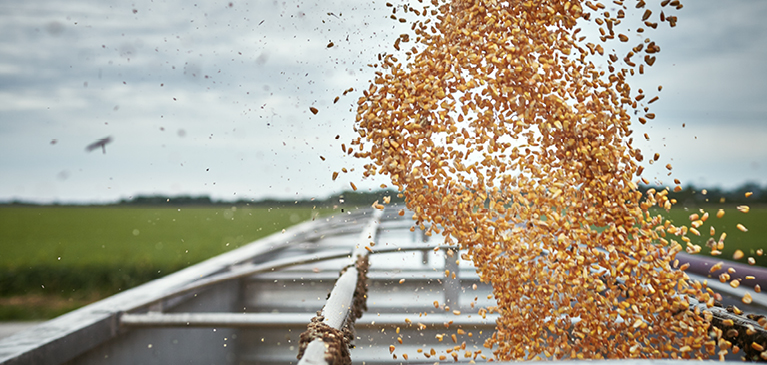

I’ve been busy over the past four months teaching at agricultural lending schools and at graduate schools of banking. One of the blessings of these educational venues is co-teaching with other academics, agricultural lenders and banking practitioners.
Tim, one of my fellow instructors during a recent banking school, explained to the class how he was working with his customers experiencing financial stress, particularly in the agriculture industry. He has tracked four customers over four years. Two of these customers are still struggling and seeking additional debt refinances and restructures. The other two producers are further ahead financially than when the initial financial stress impacted their business. What was the secret sauce? I have named the strategy “Tim’s triple play.”
First, the focus for these producers was on cost management. Successful producers work line by line to cut the right costs without hindering margins. Tim also indicated that trend analysis was invaluable. These operations benchmark their farms to themselves using up to five years of data for trend analysis. Cost of production metrics were developed for each enterprise and closely monitored. In one case, marginal rented farm ground was eliminated from the program. In another situation, the family living budget was reduced by over $20,000 annually by monitoring expenses using a computer-based record-keeping system.
The second part of Tim’s triple play is planning, executing and monitoring a sound marketing and risk management program. One farm used a marketing advising service that, along with analyzing the cost of production metrics, improved performance by 9 cents per bushel on grain and 4 cents a pound on livestock after the cost of the service. Another farm enrolled in and completed a marketing and risk management program. Along with the instructor’s input, the marketing plan has been successful and yielded 12 cents per bushel on marketed grain. One will notice that small, incremental changes can add up for today's larger businesses.
The final leg of Tim’s triple play is evaluating asset use and conducting an inventory of assets. Both farms found “lazy” assets in the form of marginal land and equipment. The sale of assets after tax considerations allowed both businesses to build financial liquidity. Increased financial liquidity provided these farms with flexibility in their marketing programs and allowed them to purchase inputs on a timely basis at reduced costs. In one situation, the “lazy” asset reduction was in the form of family members who were not pulling their weight, despite favorable compensation. Initially, tension was high with other family members over the decision. However, after the individual lost a job with another business, the strategy was vindicated.
My hope is that this article and Tim’s triple play will stimulate some discussions in your business.
Dr. Kohl is Professor Emeritus of Agricultural Finance and Small Business Management and Entrepreneurship in the Department of Agricultural and Applied Economics at Virginia Polytechnic Institute and State University. Dr. Kohl has traveled over 8 million miles throughout his professional career and has conducted more than 6,000 workshops and seminars for agricultural groups such as bankers, Farm Credit, FSA, and regulators, as well as producer and agribusiness groups. He has published four books and over 1,300 articles on financial and business-related topics in journals, extension, and other popular publications.


